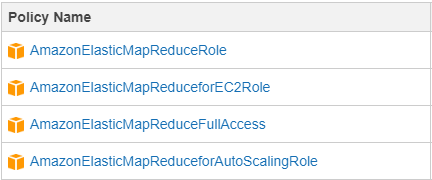Getting Started with AWS
Cloud computing is the delivery of computing services - including servers, storage, databases, networking, software, analytics -o ver the Internet (“the cloud”)
Amazon Web Services is a cloud computing platform from Amazon that provides with a wide array of cloud computing services which is an on-demand cloud computing platform based on subscription.
Different Services
Amazon Web Services offers many services which are broadly categorized into
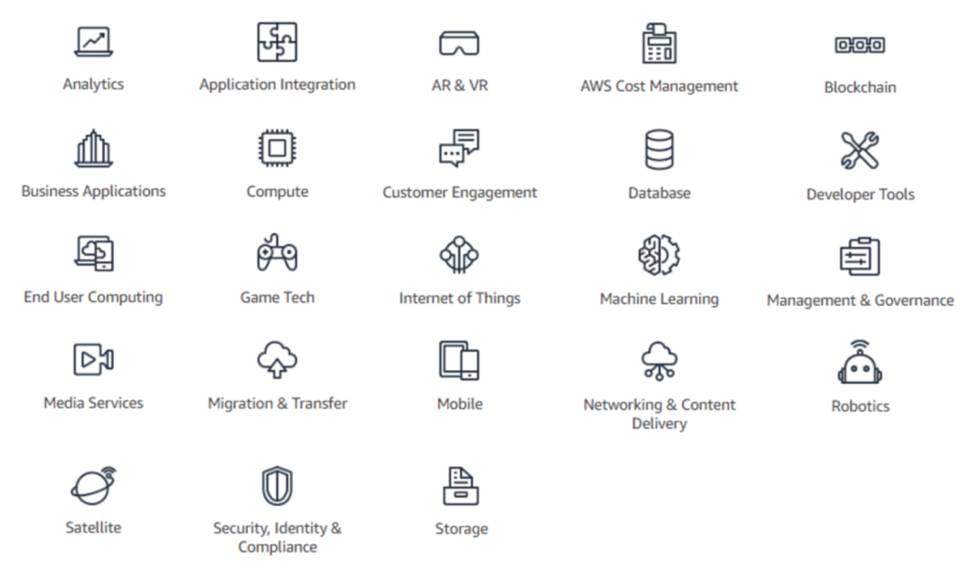
AWS Compute Services
AWS Compute services provides the processing power needed to run your application. The AWS compute portfolio provides tools to develop, deploy, run, and scale your applications in the AWS Cloud.
AWS Compute Service Examples
- Amazon Elastic Compute Cloud (Amazon EC2)
- AWS Elastic Beanstalk
- AWS Fargate
- AWS Lambda
Storage
AWS provides data storage service for hold the information used by your applications. They provide reliable, scalable, and secure options to store, transmit, and back up your data.
AWS Storage Service Examples
- Amazon Simple Storage Service (Amazon S3)
- Amazon Elastic Block Store (Amazon EBS)
- Amazon S3 Glacier
Networking & Content Delivery
AWS provides the broadest and deepest set of networking services with the highest reliability, most security features, and highest performance
AWS Networking & Content Delivery Service Examples
- Amazon Virtual Private Cloud (Amazon VPC)
- Amazon Route 53
- Amazon CloudFront
Database
AWS database services offers cost efficient, highly secure and scalable database instance in the cloud
Service Examples
- Amazon Aurora
- Amazon Relational Database Service (Amazon RDS)
- Amazon DynamoDB
Security, Identity & Compliance
These services helps in monitoring as safe environment for your AWS resources by providing limited access to specified users.
Service Examples
- AWS Identity and Access Management (IAM)
- Amazon Inspector
- AWS Shield
- AWS Security Hub
AWS Cost Management
Use these services to access information about your costs and usage, organize your costs across business lines, understand cost drivers and usage trends, set budgets, and optimize your AWS usage.
Service Examples
- AWS Cost Explorer
- AWS Budgets
- AWS Cost and Usage Report
- Cloud Watch
Analytics
Analytics services enable you to transform raw data into meaningful information. They help you collect, visualize, and analyze your data to get the answers you need to run your business.
Service examples
- Amazon Athena
- Amazon Redshift
- Amazon Kinesis
Creating AWS Account
A 12-digit number, such as 123456789012, that uniquely identifies an AWS account.
AWS - Regions & Zones
Regions
Regions in AWS is a physical location around the world where the data centers are clustered.
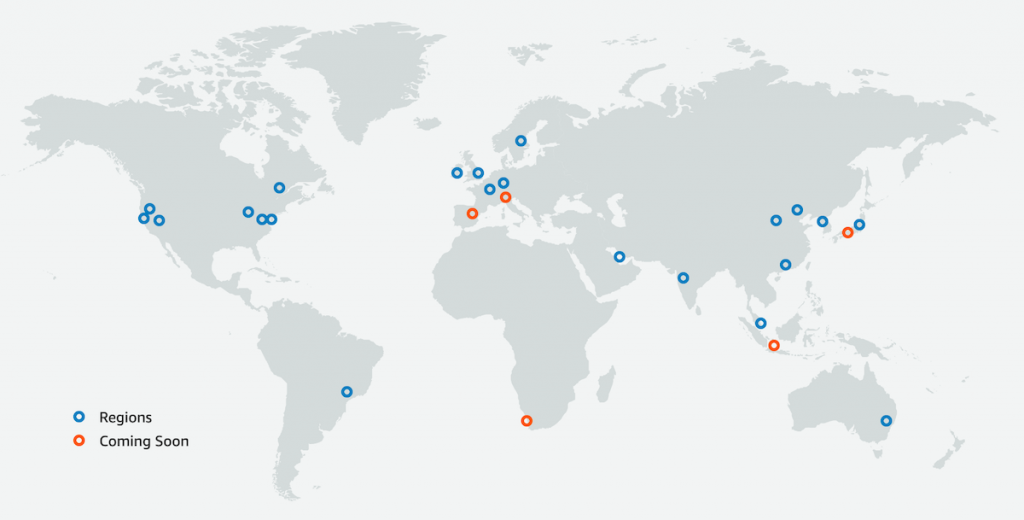
- Each AWS region consists of multiple , isolated, and physical separate Availability Zone. within geographic area.
Imagine that your application is deployed in a data center in London. What would be the challenges?
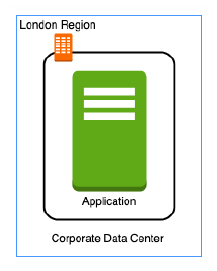
Challenge 1 : Slow access for users from other parts of the world (high latency)
Challenge 2 : What if the data center crashes? Your application goes down (low availability)
Let's add in one more data center in London
Multiple Data centers
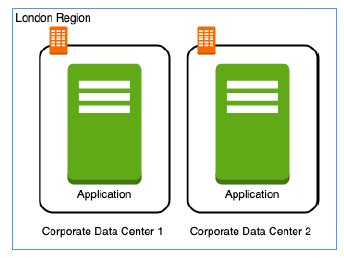
What would be the challenges?
- Challenge 1 : Slow access for users from other parts of the world
- Challenge 2 (SOLVED) : What if one data center crashes? Your application is still available from the other data center.
- Challenge 3 : What if entire region of London is unavailable? Your application goes down
Multiple Regions
Let's add a new region : Mumbai
What would be the challenges?
-
Challenge 1 (PARTLY SOLVED) : Slow access for users from other parts of the world You can solve this by adding deployments for your applications in other regions.
-
Challenge 2 (SOLVED) : What if one data center crashes? Your application is still live from the other data centers.
-
Challenge 3 (SOLVED) : What if entire region of London is unavailable? Your application is served from Mumbai
Regions Advantages
- High Availability
- Low Latency
- Adhere to government regulations
Choosing the right region(s) based on:
- Where are your users located?
- Where is your data located?
- Regulatory and security compliance needs
Availability Zones
An Availability Zone (AZ) is one or more discrete data centers with redundant power, networking, and connectivity in an AWS Region.
- Each AWS Region has at least two Availability Zones
- All AZ’s in an AWS Region are interconnected with high-bandwidth, low-latency networking, over fully redundant, dedicated metro fiber providing high-throughput, low-latency networking between AZ’s.

AWS Identity and Access Management
AWS Identity and Access Management (IAM) enables you to manage access to AWS services and resources securely.
or
AWS IAM is all about Authentication(Is it a right user?) and Authorization(Do they have the right access).
- Using IAM, you can create and manage AWS users and groups, and use permissions to allow and deny their access to AWS resources.
- IAM is a feature of your AWS account offered at no additional charge. You will be charged only for use of other AWS services by your users.
- The 4 important concepts in IAM is

To sign in to an AWS account as an IAM user : https://account_alias_or_id.signin.aws.amazon.com/console/
IAM Group with only S3 access 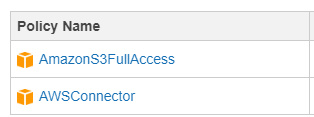
IAM Group with only EMR access 